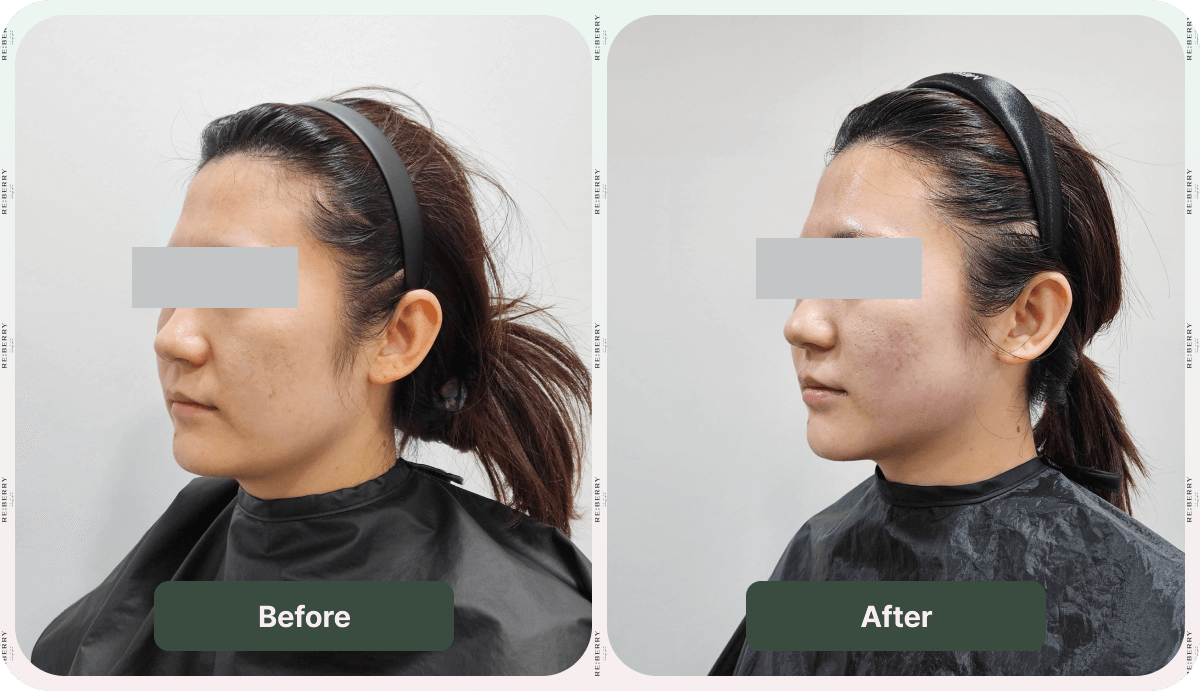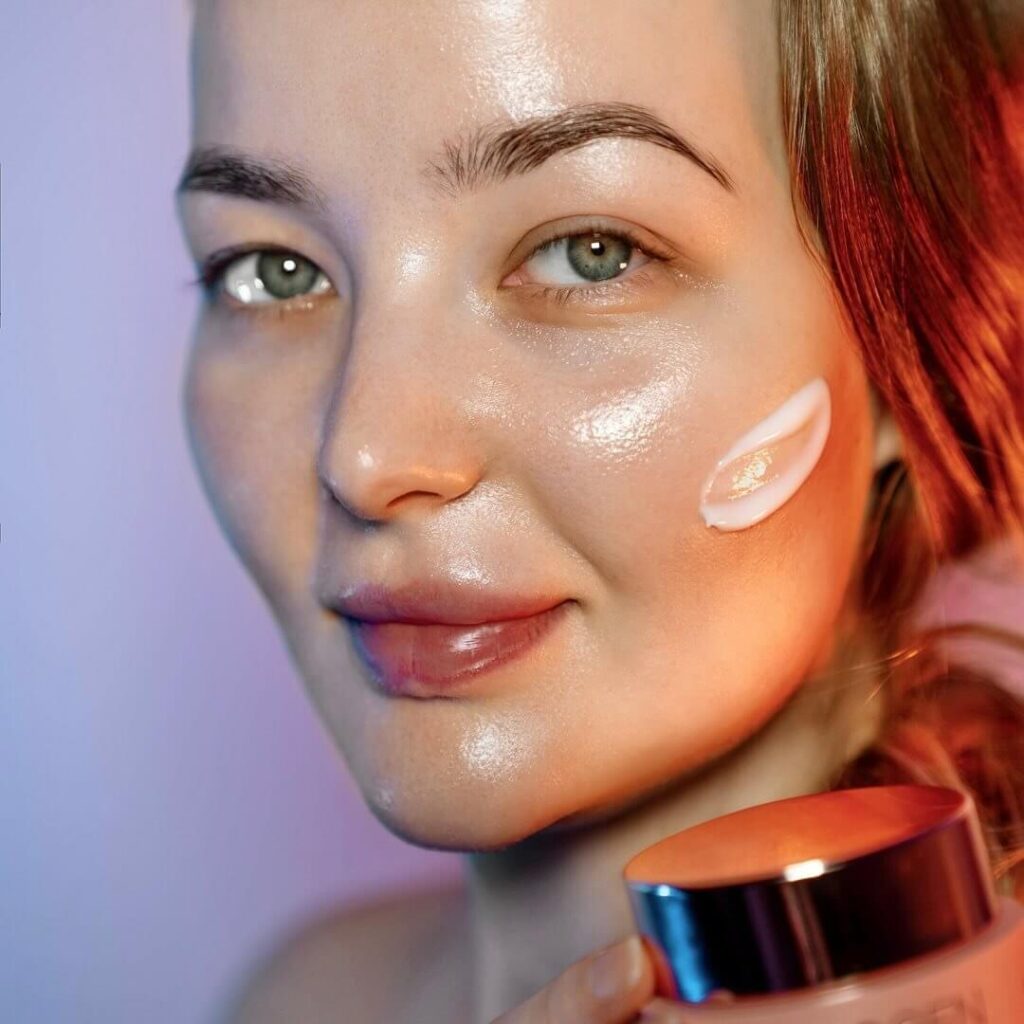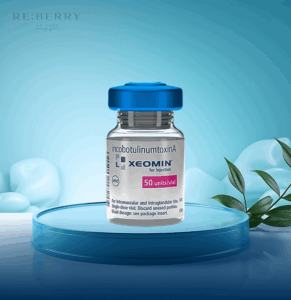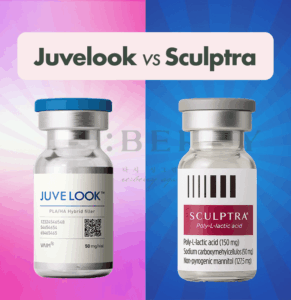Swelling after a facelift can feel discouraging, especially when you’re excited to see your rejuvenated appearance. And the puffiness, tiredness, or a feeling of tightness is a completely normal part of the facelift recovery journey. During the healing phase, your body works to repair tissues, improve blood flow, and adjust to its newly contoured shape. This natural healing response often leads to short-term swelling or light bruising, particularly around the cheeks, chin, and jawline.
While it’s a temporary phase, there are several effective ways to minimize it. Whereas understanding what causes post-facelift swelling not only helps you manage it wisely but also supports a smoother, faster recovery. In this guide, you’ll discover practical aftercare tips, expert-recommended methods to ease inflammation, and the right habits to ensure optimal results, without unnecessary discomfort or setbacks.
Why Does Swelling Occur After a Face Lift?

Swelling after a facelift occurs as your body’s natural response to tissue manipulation during surgery. When facial tissues are lifted and repositioned, tiny blood vessels expand, allowing fluids to accumulate beneath the skin, causing puffiness and mild inflammation. This reaction is completely normal and signals that your body is healing and restoring itself.
Factors such as surgical technique, skin type, and aftercare routines can all influence how much swelling you experience. Most of the visible puffiness reduces within a few weeks, while subtle swelling may take longer to fade. Understanding this process helps you manage recovery confidently and support faster, healthier healing.
What are the Best Ways to Reduce Swelling After a FaceLift?

The most effective ways to minimize post-facelift swelling and bruising involve consistent care and healthy recovery habits. While swelling is a natural part of healing, following these evidence-based tips can help you recover faster, feel more comfortable, and reveal your refreshed look sooner.
Follow Your Doctor’s Instructions
Your surgeon’s post-operative guidelines are the most reliable roadmap for a smooth facelift recovery. They’re personalized to your procedure and healing pace, helping prevent complications and reduce facial inflammation safely. Always take prescribed medications on time, attend follow-ups, and avoid self-treating or skipping aftercare steps.
Clean and Protect Incisions
Proper care of your surgical incisions is essential to prevent infection and minimize swelling after a facelift. Gently cleaning the area as recommended by your surgeon helps keep bacteria away and supports faster healing. Always use approved antiseptic solutions or wipes, avoid touching the incisions with unwashed hands, and protect them from direct sunlight or harsh environments. Maintaining clean and protected incisions not only reduces inflammation but also promotes smoother scars and better overall recovery.
Healthy Diet and Hydration
Staying well-hydrated and maintaining a nutrient-rich, anti-inflammatory diet are essential for a smooth facelift recovery. Drinking enough water helps flush out toxins, reduces fluid retention, and supports lymphatic drainage, all of which aid in minimizing post-surgical swelling.
At the same time, eating soft, protein-rich foods like salmon, leafy greens, and fresh fruits provides vital nutrients that promote faster tissue repair and improve circulation. It is highly recommended to avoid sodium and salty or processed foods, as they can increase fluid buildup, worsen facial puffiness, and prolong healing.
Proper hydration and nutrition work together to reduce inflammation, keep your skin supple, and ensure your face recovers evenly and naturally. Following these habits supports a more comfortable recovery and helps reveal your refreshed, rejuvenated results sooner.
Icing for Reducing Swelling
Applying cold compresses or icing is one of the most effective ways to reduce swelling immediately after a facelift. Cold therapy helps constrict blood vessels, limits fluid accumulation, and eases discomfort around the cheeks, jawline, and under-eye area.
It is most beneficial within the first 48 hours post-surgery, but should always be applied gently with a soft cloth to avoid direct contact with the skin. Regular, controlled icing can minimize puffiness, reduce bruising, and support faster healing, while complementing other aftercare practices like elevation, hydration, and a healthy diet.
Avoid Strenuous Activities
Exercise and heavy physical movement can increase blood pressure and worsen swelling. It’s best to rest during the early recovery phase and gradually return to light activities as your surgeon recommends. Giving your body time to recover helps protect your results and speeds up visible improvement.
Avoid Smoking And Alcohol
Both smoking and alcohol can delay healing and increase swelling by restricting blood flow and introducing toxins into your system. Staying away from them for at least a few weeks after your facelift promotes faster recovery and helps maintain optimal skin elasticity.
Apply Lymphatic Massage
Lymphatic massage is a gentle technique that stimulates your lymphatic system to help drain excess fluids and reduce swelling after a facelift. It involves light, circular, or sweeping motions along the face and neck, always moving toward the lymph nodes to promote proper drainage. Only perform this massage if your surgeon approves, and follow their specific guidance to avoid putting pressure on healing tissues.
Regular, careful lymphatic massage can minimize puffiness, improve circulation, and help your facial contours settle naturally. When combined with other aftercare practices like elevation, hydration, and proper nutrition, it can enhance comfort and support a faster, smoother recovery.
Be Patient for Healing Naturally
Facelift recovery is gradual, and swelling subsides in stages as your body adapts to its rejuvenated structure. Being patient and consistent with aftercare ensures your results look natural and lasting. Remember, true healing takes time, and steady progress leads to the best outcome.
How Long Does FaceLift Swelling Usually Last?

Swelling after a facelift typically peaks within the first few days and then gradually starts to subside as your body begins to heal. Most patients notice a significant reduction in puffiness within two to three weeks, though subtle swelling can persist for several months as the deeper tissues settle. The exact recovery timeline varies depending on your age, skin type, surgical technique, and how closely you follow aftercare instructions.
Surgical procedures like traditional facelifts or mini-facelifts involve more extensive tissue manipulation, so that swelling may last longer, often several weeks to a few months. Non-surgical treatments, such as thread lifts, dermal fillers, or liquid facelifts, generally cause milder puffiness that resolves faster, typically within a few days to a week.
Factors like the invasiveness of the procedure, aftercare routines, and individual healing response all influence how quickly your face returns to its normal contours. Understanding these differences helps you set realistic expectations and manage post-treatment swelling effectively.
When Should You Worry about Swelling after a FaceLift?

While some swelling is normal after a facelift, certain signs may indicate complications that require prompt attention. If you notice sudden or severe swelling that worsens instead of improving, persistent redness, unusual warmth, or intense pain, it could be a sign of infection or hematoma. Swelling accompanied by fever, pus, or fluid leakage should also be assessed immediately by your surgeon. Minor asymmetry or puffiness is usually harmless, but being aware of these red flags helps ensure a safe recovery.
Conclusion

Swelling after a facelift is a normal part of the healing process, but with the right care and habits, you can manage it effectively and enjoy your rejuvenated appearance sooner. Following your surgeon’s aftercare instructions, maintaining proper hydration and nutrition, and avoiding activities that increase inflammation all play a key role in a smooth recovery.
Understanding what to expect, recognizing warning signs, and giving your body time to heal ensure natural, long-lasting results. If you’re considering a facelift or want expert guidance for post-surgery care, book a consultation at Reberry Clinic today and experience personalized, advanced facial treatments designed to deliver safe and beautiful results.

Reberry Clinic
Editorial Team


























